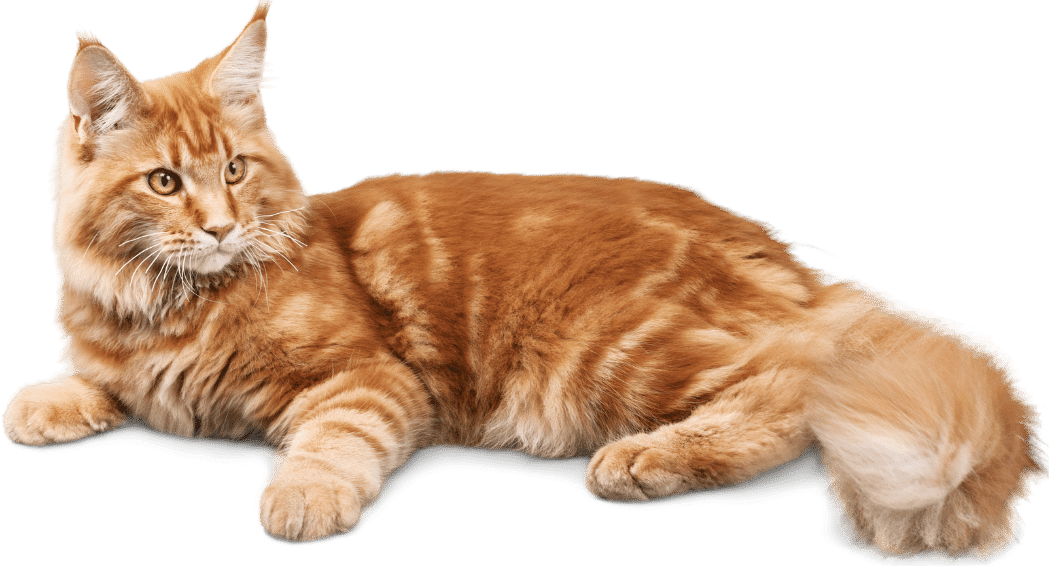Himalayan Cat Breed Information, Traits, and Essential Care
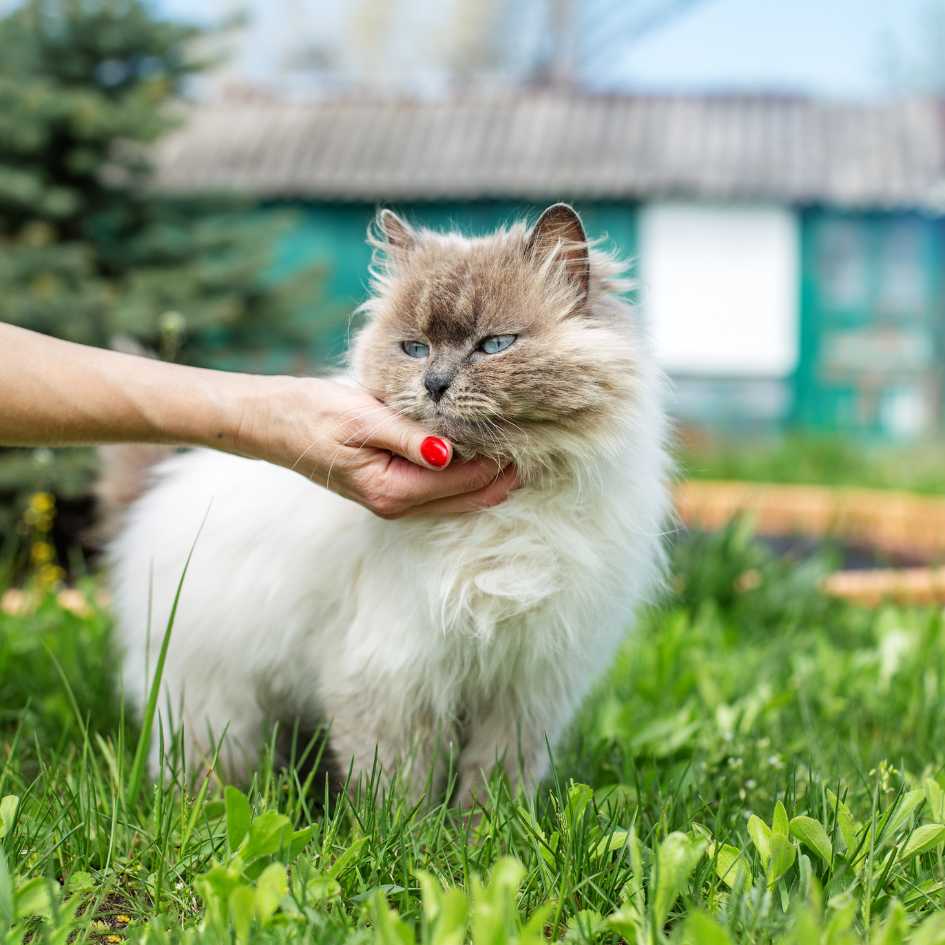
Himalayan cats are one of the most popular and adored cat breeds worldwide. Known for their stunning looks and affectionate nature, these cats make wonderful companions for families and individuals alike. In this guide, we will explore everything you need to know about Himalayan cats, including their history, physical traits, personality, health care, and how much they cost in India.
Introduction to the Himalayan Cat
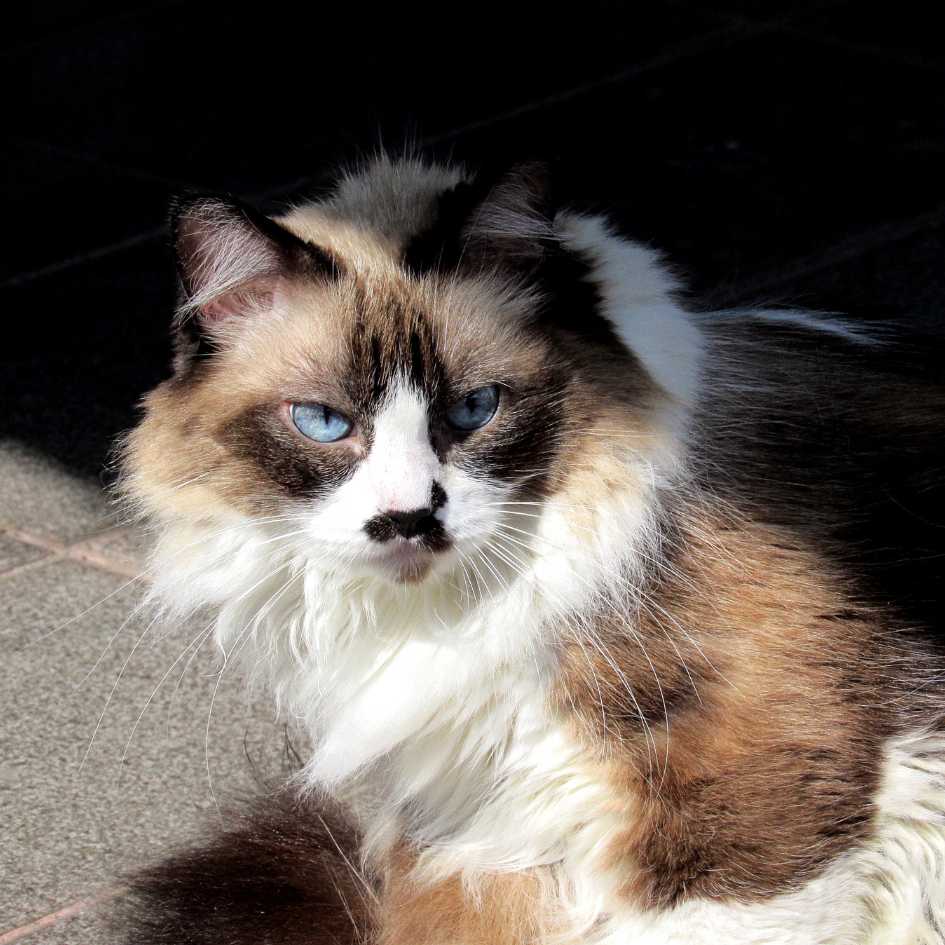
Himalayan cats are a breed that combines the elegance of Persian cats with the striking color points of Siamese cats. They are often referred to as “Himmies” due to their laid-back personalities and luxurious, long coats. These cats have a calm demeanor, making them perfect for indoor living and a great choice for families or individuals looking for a low-maintenance yet affectionate pet.
History of the Himalayan Cat
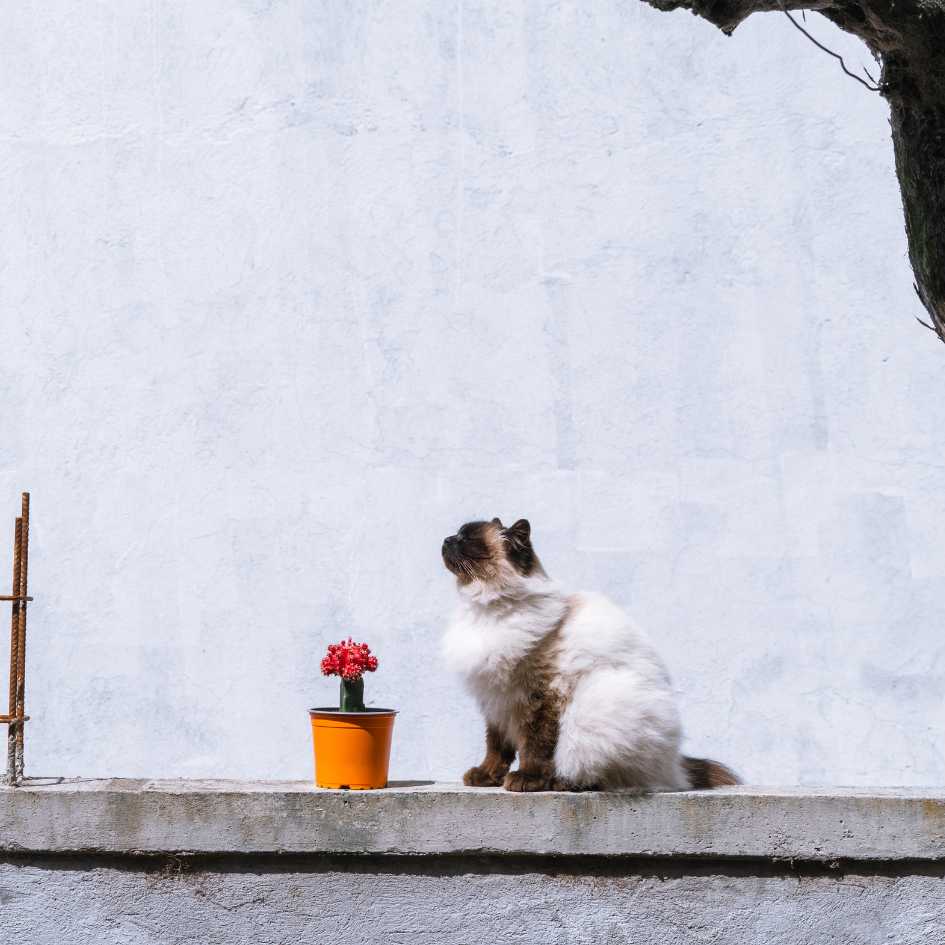
The Himalayan cat was developed in the 1930s by breeding Persian cats with Siamese cats. The aim was to create a cat with the luxurious, long coat of the Persian but the distinctive pointed color patterns of the Siamese. The breed quickly gained popularity for its beauty and docile temperament.
- The Cat Fanciers’ Association (CFA) first recognized Himalayans in 1957, and since then, they have become one of the most sought-after breeds in the world. Due to their remarkable appearance and poise, they are often seen in cat shows.
Physical Traits of Himalayan Cats
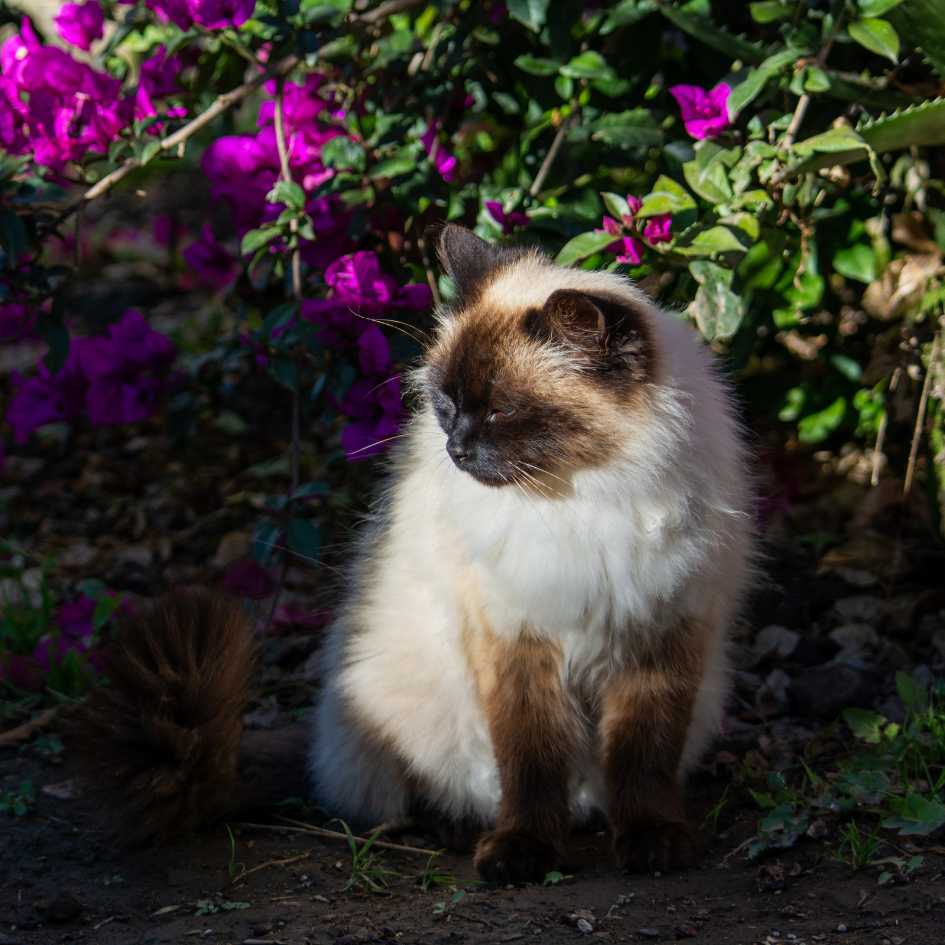
Himalayan cats are known for their striking physical characteristics. Here’s a breakdown of their appearance:
- Coat and Color: The Himalayan cat has a long, silky coat that requires regular grooming. Their fur comes in various colors, but the most distinctive feature is their pointed color pattern. They typically have darker fur on the ears, face, paws, and tail, with a lighter body color.
- Face and Eyes: They have a rounded face with a flat nose, characteristic of the Persian breed. Their eyes are large, round, and come in a brilliant blue, which adds to their charm.
- Size: Himalayan cats are medium to large-sized cats, with males typically weighing between 9-14 pounds and females between 7-10 pounds. Despite their size, they have a sleek and graceful appearance.
- Body Build: Their body is compact and muscular, with short, stocky legs and a broad chest.
Personality and Temperament

Himalayan cats are known for their calm and gentle personalities. They are affectionate and love being around their human companions. Here’s what you can expect from a Himalayan cat’s temperament:
- Affectionate: Himalayans are often described as “lap cats” because they enjoy sitting with their owners and being pampered.
- Quiet: Unlike some other breeds, Himalayans are not overly vocal. They may meow occasionally but are not as chatty as Siamese cats.
- Playful: Though they are known for their calm demeanor, Himalayan cats enjoy playtime and will engage in fun activities with their owners.
- Social: They get along well with other pets and children, making them an ideal choice for families.
Health and Care for Himalayan Cats
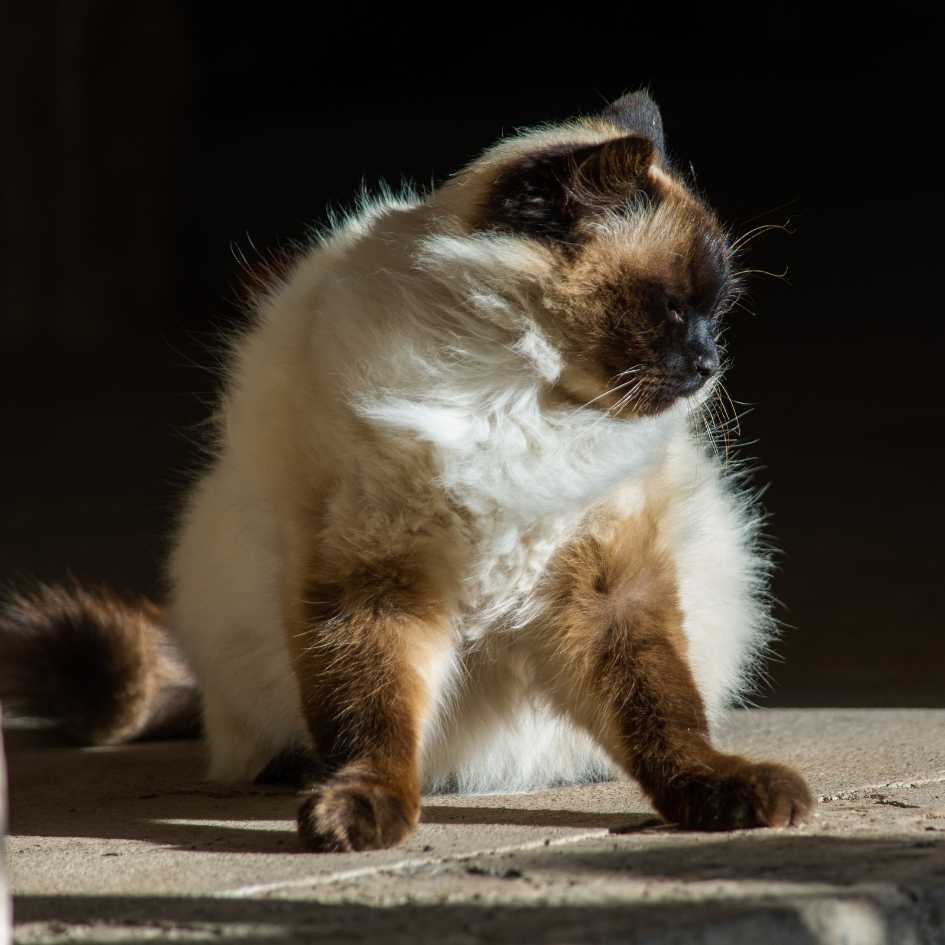
Like all cats, Himalayan cats require regular veterinary check-ups and care to maintain their health. However, due to their unique physical traits, they may face specific health challenges:
- Respiratory Issues: Due to their flat face (brachycephalic structures), Himalayan cats can have breathing difficulties. It’s important to keep them in a cool, well-ventilated environment.
- Eye Conditions: Their large, round eyes are beautiful, but they are prone to certain eye issues, such as conjunctivitis or corneal ulcers.
- Grooming: Himalayan cats have long fur that requires frequent brushing to prevent matting. Regular grooming also reduces shedding and keeps their coat in top condition.
- Dental Care: Their flat faces can also lead to dental issues, so it’s crucial to maintain a regular oral hygiene routine.
Diet and Nutrition for Himalayan Cats
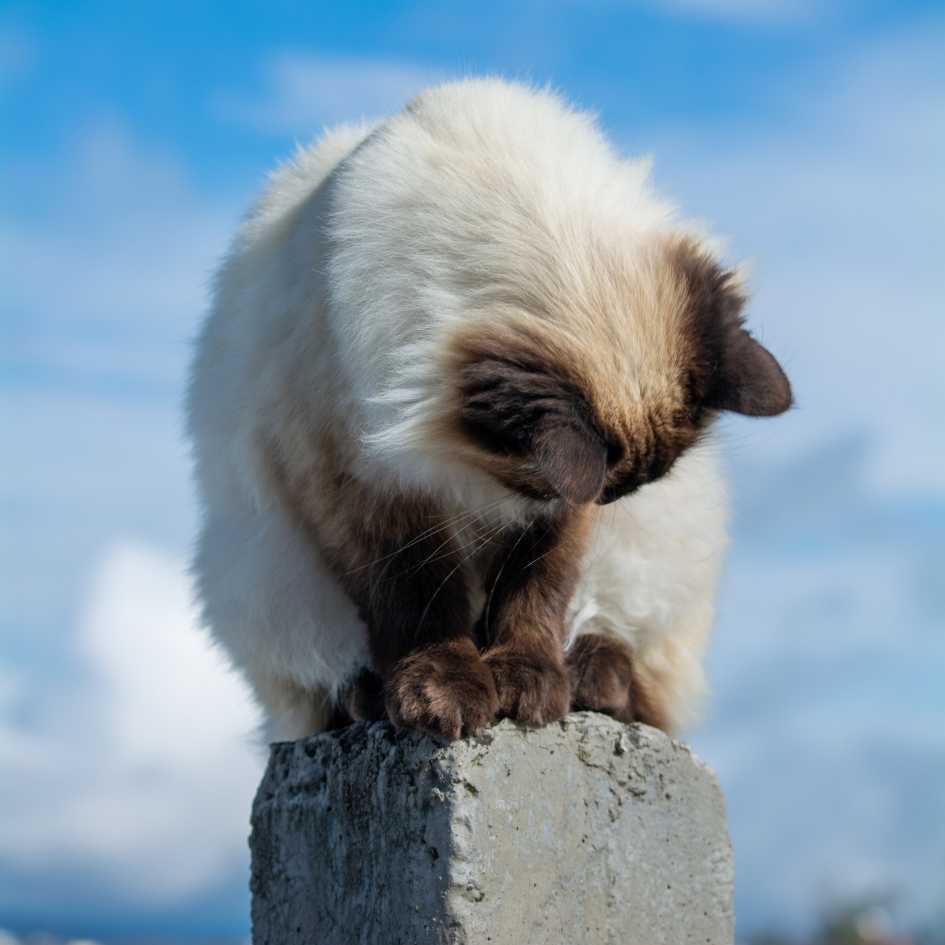
Providing the right diet is essential for keeping your Himalayan cat healthy. Their diet should consist of high-quality cat food rich in protein and essential nutrients. Here are some dietary tips:
- High-Quality Wet or Dry Food: Opt for food that contains real meat as the first ingredient. Wet food helps to maintain hydration and is a good choice for cats with sensitive teeth.
- Avoid Overfeeding: Himalayans have a tendency to become overweight, so it’s important to monitor their food intake and provide balanced meals.
- Fresh Water: Always make sure your Himalayan has access to fresh, clean water throughout the day.
Grooming Your Himalayan Cat
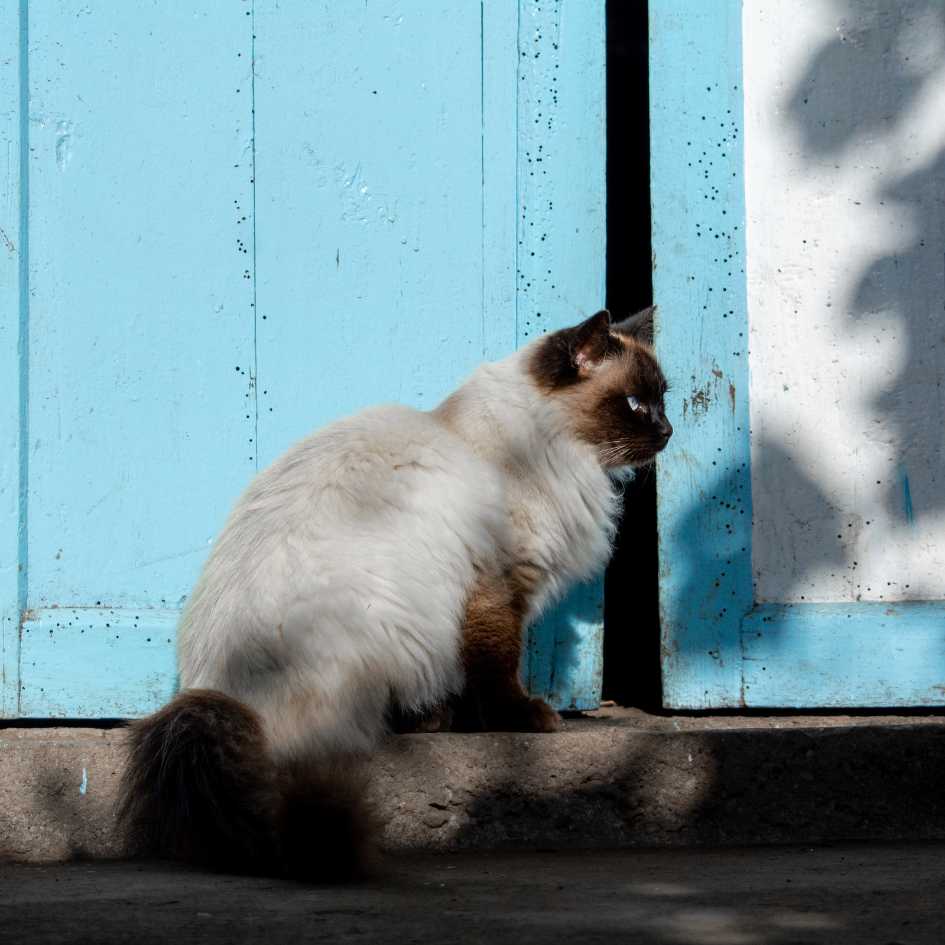
Due to their long, thick coat, Himalayans require regular grooming to keep their fur in top condition. Here’s what you’ll need to do:
- Brush Regularly: Daily or at least 3-4 times a week brushing is essential to prevent matting and tangling.
- Bathing: Occasional baths are recommended to keep their coat clean and shiny. Use a mild cat shampoo to avoid irritation.
- Nail Clipping: Regular nail trimming is important, as their long nails can become a problem if left unchecked.
- Eye Care: Wipe their eyes gently with a damp cloth to prevent discharge buildup.
Price of Himalayan Cats in India
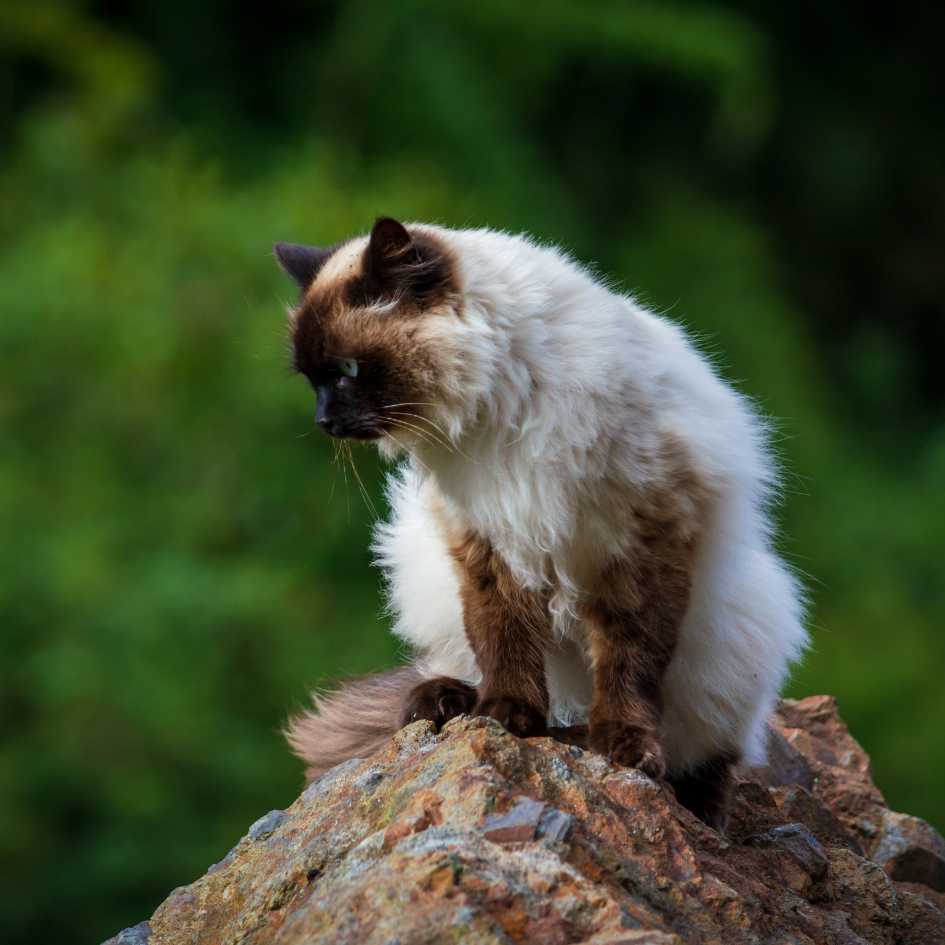
The price of a Himalayan cat in India can vary depending on the breeder, location, and the cat’s pedigree. On average, a Himalayan cat costs between ₹20,000 to ₹50,000. Purebred Himalayans with show-quality traits may be on the higher end of the spectrum, while cats from regular breeders may be more affordable.
- Adopting a Himalayan from a shelter or rescue organization could be a more budget-friendly option, and it also gives a deserving cat a loving home.
Conclusion
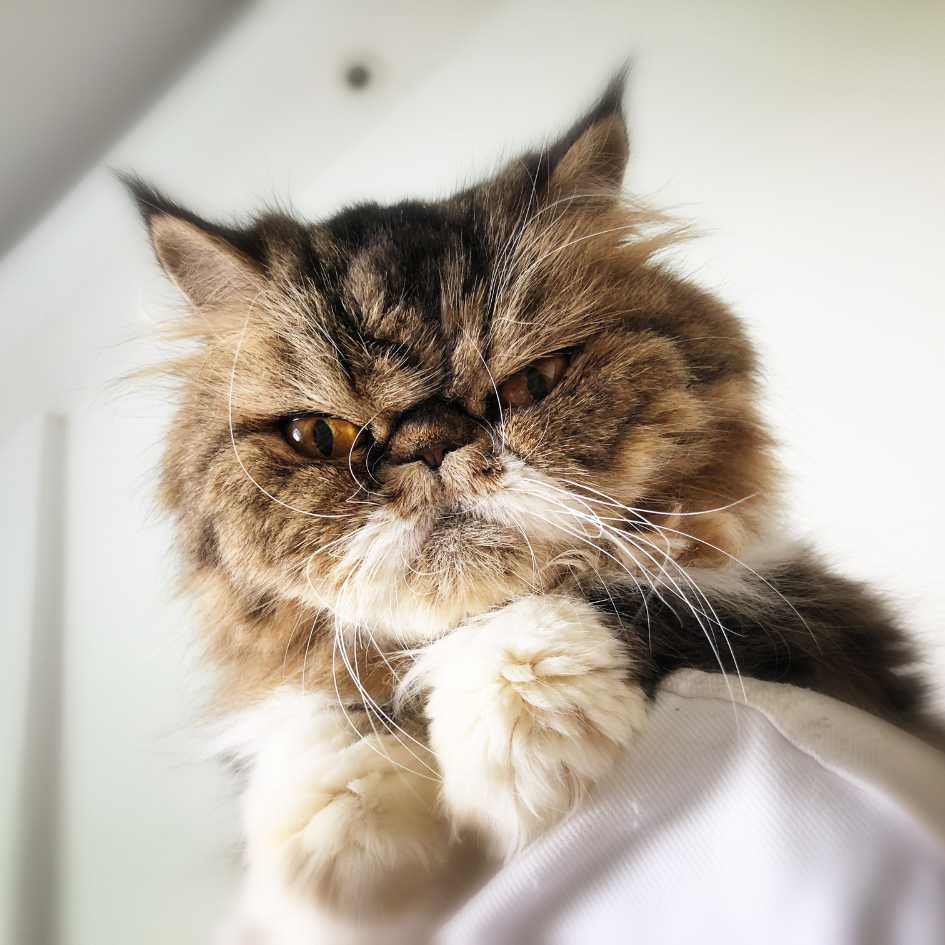
The Himalayan cat is a beautiful and affectionate breed, perfect for those who are willing to put in the time and effort for their care. With their stunning coat, affectionate nature, and low-maintenance personality, they make excellent companions for families and individuals alike. If you’re looking for a laid-back and lovable feline friend, a Himalayan cat might be the perfect choice.
- Remember to provide them with the proper nutrition, regular grooming, and regular vet check-ups to ensure they stay healthy and happy for years to come.


